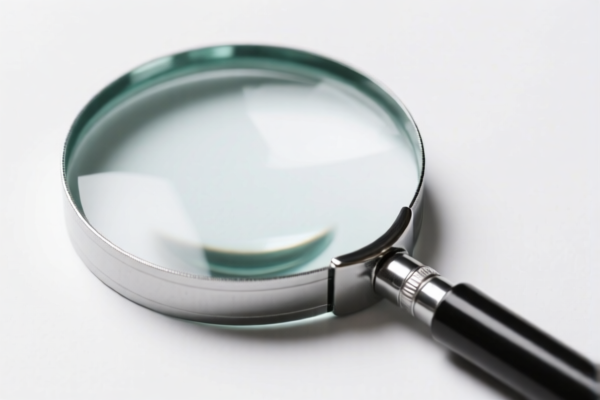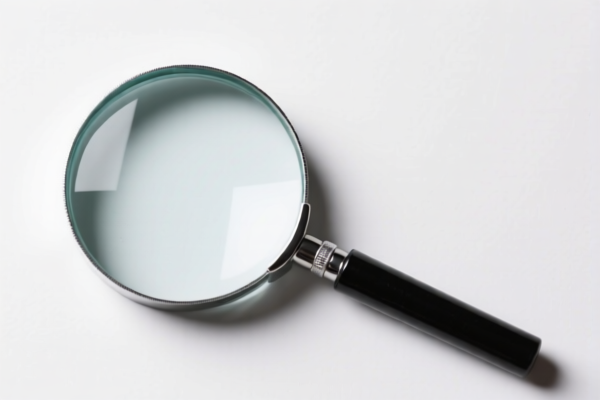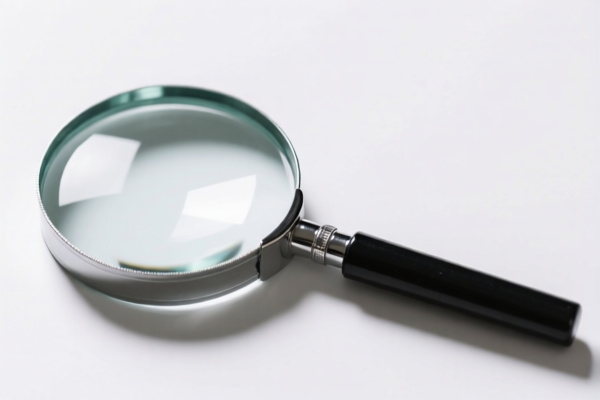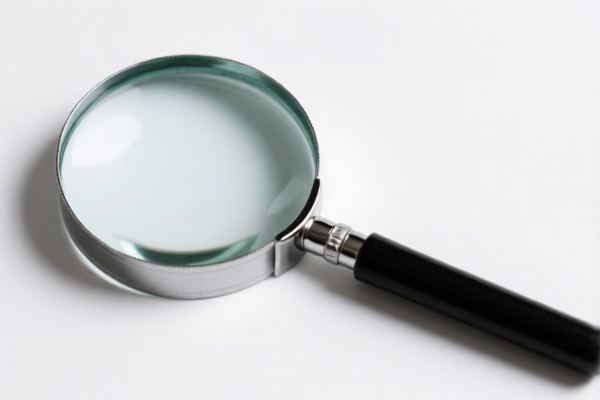| HS Code | Official Doc | Tariff Rate | Origin | Destination | Effective Date |
|---|---|---|---|---|---|
| 9617006000 | Doc | 37.2% | CN | US | 2025-05-12 |
| 7020006000 | Doc | 60.0% | CN | US | 2025-05-12 |




Understanding the Classification & Duty for "LUMINOUS GLASSES" – A Detailed Breakdown
Based on the provided HS codes, it appears "LUMINOUS GLASSES" could fall under two potential classifications, depending on their construction and function. Here's a detailed analysis to help you determine the correct categorization for import purposes:
Important Note: The final HS code determination rests with customs officials. This information is for guidance only. It's crucial to provide accurate product details and documentation to avoid delays or penalties.
1. HS Code: 9617.00.60.00 – Vacuum flasks and other vacuum vessels, complete; parts thereof other than glass inners: Parts**
- Chapter 96: Miscellaneous manufactured articles. This chapter covers a wide range of products made from various materials.
- 9617: Vacuum flasks and other vacuum vessels; parts thereof. This specifically targets insulated containers.
- 9617.00: Vacuum flasks and other vacuum vessels; parts thereof.
- 9617.00.60.00: Parts. This sub-heading is for components used in the manufacture of vacuum flasks.
Applicability to "LUMINOUS GLASSES":
This code is suitable if the "LUMINOUS GLASSES" are components used in the production of vacuum flasks or similar insulated containers. For example, if you are importing glass parts specifically designed to be integrated into a vacuum flask structure.
Duty Information:
- Basic Duty: 7.2%
- Additional Duty: 0.0% currently.
- Post April 2nd, 2025 Additional Duty: 30%
- Total Duty: 37.2% (currently)
2. HS Code: 7020.00.60.00 – Other articles of glass: Other**
- Chapter 70: Glass and glassware. This chapter covers products made primarily of glass.
- 7020: Other articles of glass. This is a broad category for glass items not specifically covered elsewhere.
- 7020.00: Other articles of glass.
- 7020.00.60.00: Other. This sub-heading is a catch-all for various glass articles.
Applicability to "LUMINOUS GLASSES":
This code is more likely to be appropriate if the "LUMINOUS GLASSES" are finished products made of glass, intended for use as glassware (e.g., drinking glasses, decorative items, laboratory glassware). If they are complete glasses, even if they have a special luminous feature, this is the more probable classification.
Duty Information:
- Basic Duty: 5.0%
- Additional Duty: 25.0% currently.
- Post April 2nd, 2025 Additional Duty: 30%
- Total Duty: 60.0% (currently)
Key Considerations & Recommendations:
- Product Function: Is the item a component for another product (9617.00.60.00) or a finished product ready for use (7020.00.60.00)?
- Material Composition: Confirm the primary material. While "LUMINOUS GLASSES" implies glass, are there significant non-glass components?
- Luminous Feature: The luminous aspect itself doesn't change the fundamental classification. It's the base material and function that matter.
- Detailed Description: Provide a comprehensive product description to customs, including intended use, dimensions, and materials.
- Commercial Invoice: Ensure your commercial invoice accurately reflects the product's nature and value.
- Certification: Depending on the intended use of the glasses (e.g., food contact), you may need to provide relevant certifications (e.g., FDA compliance for food-grade glass).
- Single Invoice: If you are importing both components and finished products, ensure each item is clearly identified on the invoice with the correct HS code.
Crucially, please verify the single invoice and material composition. The 2025.4.2 tariff changes are significant, and accurate classification is vital to avoid unexpected duties.
Disclaimer: I am an AI assistant and cannot provide definitive customs rulings. This information is for general guidance only. Consult with a licensed customs broker or your local customs authority for specific advice tailored to your situation.
Customer Reviews
The information is accurate, but I wish there were more examples of when each code applies. Still, it's a solid resource for HS code research.
I was confused about the classification of luminous glasses, but the clear distinction between 9617 and 7020 made everything much easier. Highly recommend this page.
Great info on the 7020006000 code for luminous glasses. The detailed explanation of the 60% duty rate was exactly what I needed for my export to the US.
The breakdown of HS Code 9617006000 was very helpful. I was importing parts for vacuum flasks and needed the exact duty rate.